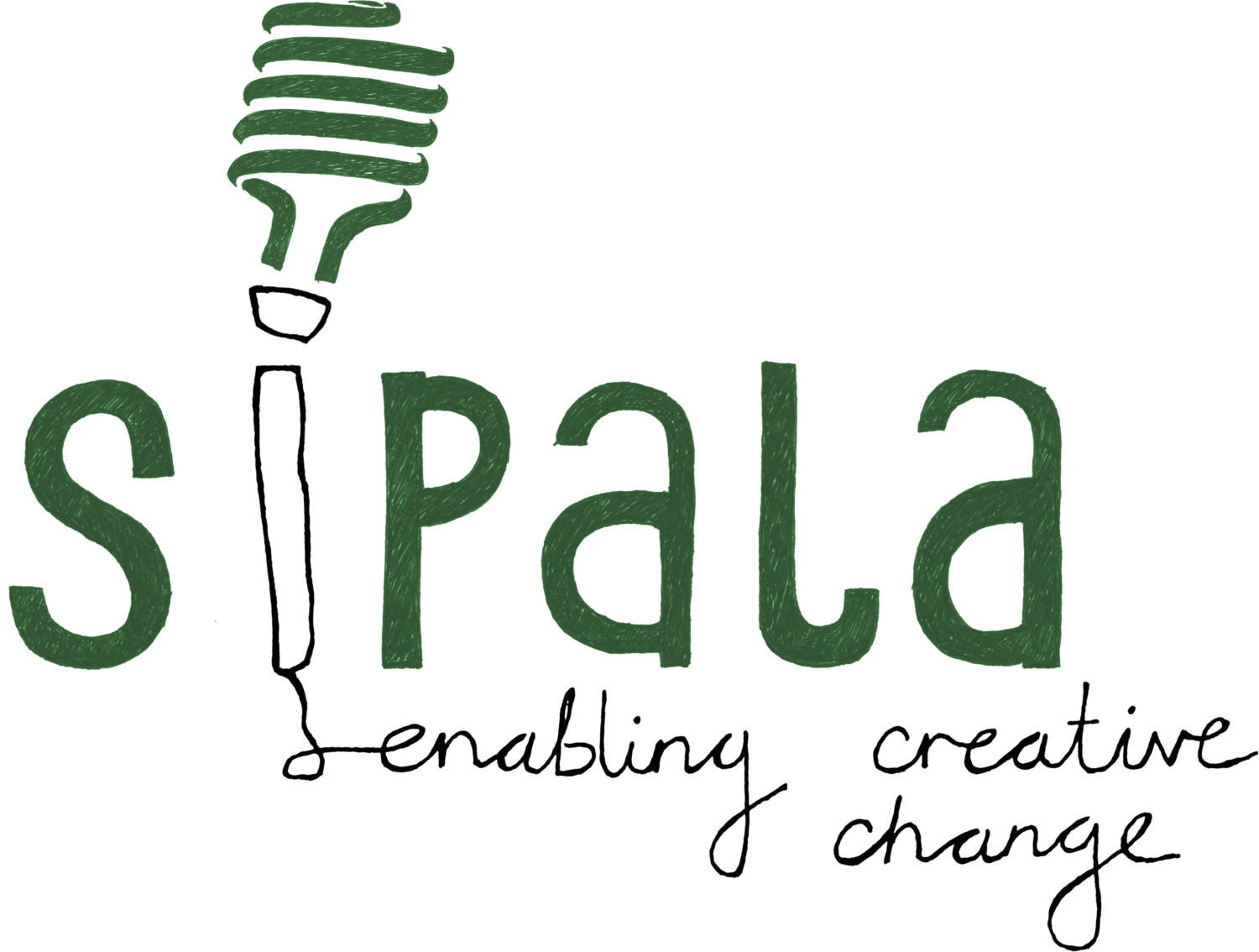Sipala is located in Aspley Guise close to J13 of the M1, less than an hour from London.
Milton Keynes and Flitwick train stations are a short drive away.
By Car
Sipala is located close to Junction 13 of the M1, between Bedford and Milton Keynes. You will find us up a narrow road called Woburn Lane, and you turn left just past the Blue Orchid Restaurant in Aspley Guise if you are coming from the motorway. We are two doors past the Village Hall on the left hand side. Postcode is MK17 8JH for your Satnav.
By Train
If you are coming by train you have two options, either on the Thameslink service from London with the nearest station at Flitwick being 15 minutes away by taxi (rank at the station), or on the Euston line to Milton Keynes (also served by stations further north). MK train station is also about 15 minutes away by taxi (rank by the station).
Local Accommodation
The nearest hotel is Moore Place (a Best Western) which is about 3 minutes walk from our front door. Other places we would highlight include Emma & Mike Gill's place in Ridgmont which is listed on Airbnb (https://www.airbnb.co.uk/rooms/8170431) and for a slightly cheaper option the Fir Tree Pub in Woburn Sands. There are lots of other options particularly in Woburn.
More about Sipala
Sipala was built at the turn of the 20th Century in the Arts and Crafts style - this international design movement originated in England and flourished between 1880 and 1910, continuing its influence up to the 1930s. Instigated by the artist and writer William Morris (1834–1896) in the 1860's and inspired by the writings of John Ruskin (1819–1900), it had its earliest and fullest development in the British Isles but spread to Europe and North America as a reaction against the impoverished state of the decorative arts and the conditions under which they were produced. The movement advocated truth to materials and traditional craftsmanship using simple forms and often medieval, romantic or folk styles of decoration. As well as being involved in design and art, the Arts & Crafts Movement was a social movement attempting to reverse the effects of the Industrial Revolution and the debasement of the role of work in society. Its power and influence came from the conviction that art and craft could change people’s lives.
Early Victorians had believed that economic progress was unstoppable and would create happiness. But by the 1880s this conviction was under threat. Religious certainties were challenged by the writings of Thomas Paine, Robert Owen, and Charles Darwin. In the countryside agricultural production was in decline. And in the cities, industrialisation was leading to deep divisions between classes and the degradation of a large body of the workforce. The term ‘unemployment’ entered the vocabulary and a series of exposés by journalists brought the grim living conditions in London’s East End into the public domain. The demonstration that became known as ‘Bloody Sunday’ in London in 1887 brought the prospect of political revolution a step closer
The social dimension of the movement also affected the design and layout of homes leading to more open plan rooms moving away from the upstairs/downstairs model of the Victorians. See the following clip for more information:
One of the enduring images associated with the Arts & Crafts movement in Britain was that of the Green Man and you can find a good example hand carved by our friend and the previous owner of the house, Greg Catlin:
The Green Man is a sculpture, drawing, or other representation of a face surrounded by or made from leaves. Branches or vines may sprout from the nose, mouth, nostrils or other parts of the face and these shoots may bear flowers or fruit. Commonly used as a decorative architectural ornament, Green Men are frequently found on carvings in churches and other buildings (both secular and ecclesiastical). "The Green Man" is also a popular name for English public houses and various interpretations of the name appear on inn signs, which sometimes show a full figure rather than just the head.
The Green Man motif has many variations. Found in many cultures around the world, the Green Man is often related to natural vegetative deities springing up in different cultures throughout the ages. Primarily it is interpreted as a symbol of rebirth, or "renaissance," representing the cycle of growth each spring.


